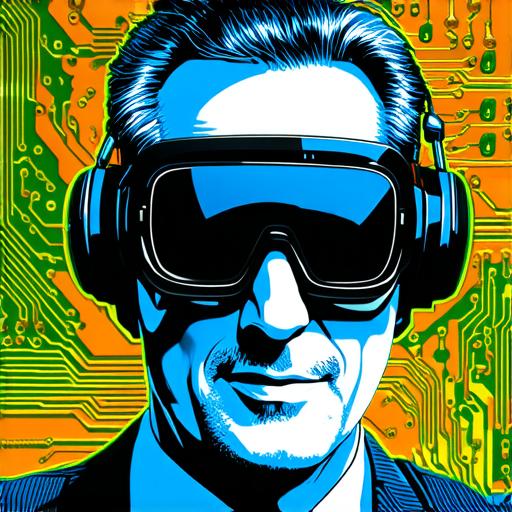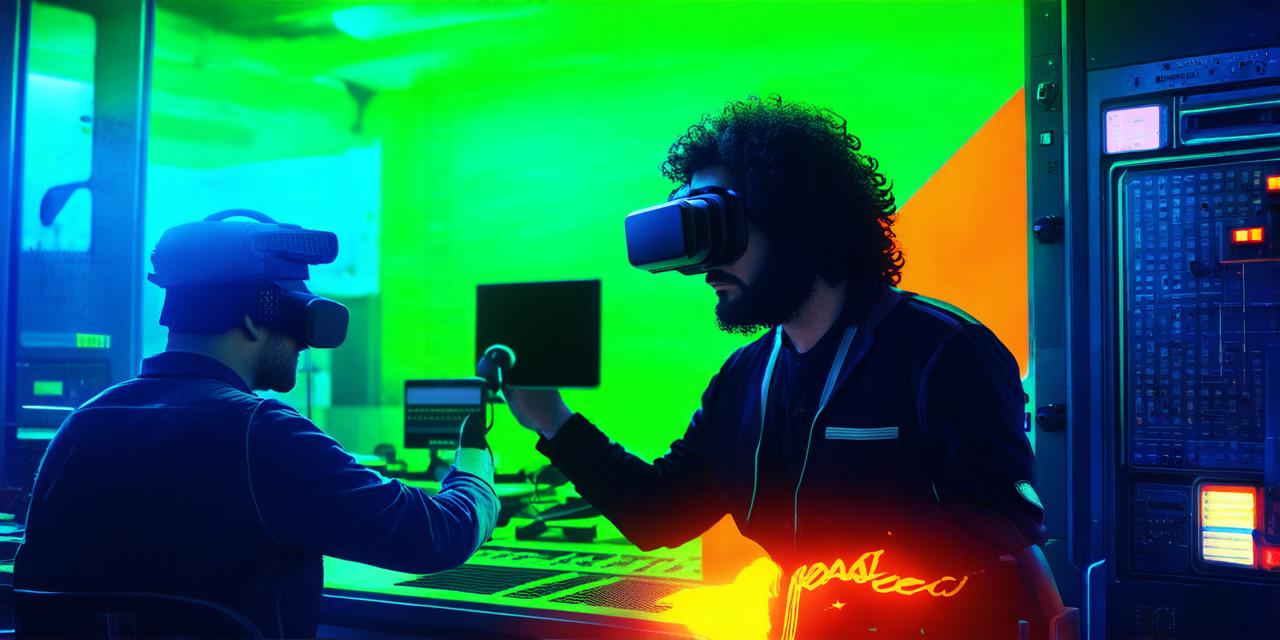
Did Ivan Sutherland invent virtual reality?

Ivan Sutherland is often cited as the father of virtual reality (VR), but this is a misconception. While he did make significant contributions to the development of VR, he was not the first to invent it. In fact, the concept of immersive computer-generated environments dates back to the 1960s.
The earliest form of virtual reality can be traced back to the 1960s when researchers at MIT began developing head-mounted displays (HMDs) that could track the movements of a user’s head and display a 3D environment accordingly. One of the pioneers in this field was William Higinbotham, who developed the first HMD in 1958.
However, it was in the 1970s that Sutherland made his mark on the VR community. He created “Skywalk,” a program that allowed users to explore a 3D environment using an HMD and a computer mouse. Skywalk was a major milestone in the development of VR, as it demonstrated the potential for immersive computer-generated environments.
Despite his contributions to the field, Sutherland did not invent virtual reality. The concept has been around for decades, and researchers have been working on creating immersive environments since the 1960s. However, Sutherland’s work with Skywalk helped to popularize the technology and paved the way for future advancements in VR.
In conclusion, Ivan Sutherland did not invent virtual reality. While he made significant contributions to the field, the concept has been around for decades, and researchers have been working on creating immersive environments since the 1960s. Despite this misconception, Sutherland’s work with Skywalk helped to popularize VR and paved the way for future advancements in the technology.

